All Para SF Battalions: Their Nicknames and Roles
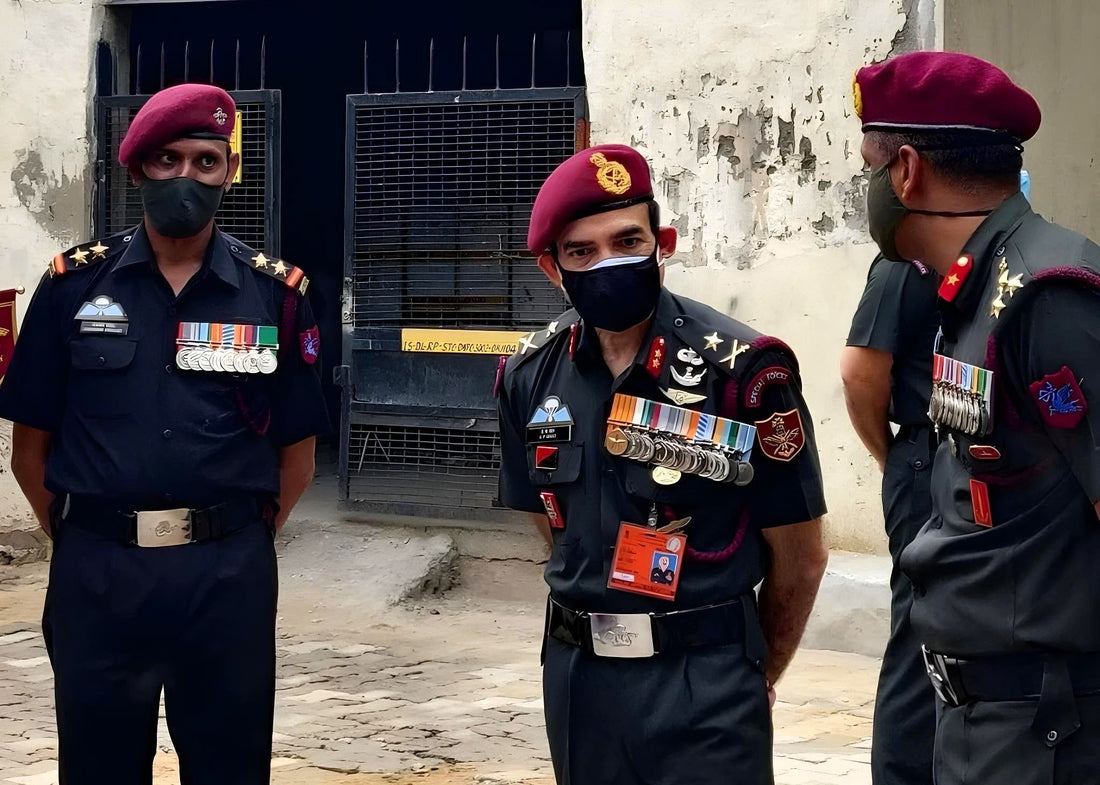
The elite units of the Indian Army's Para (Special Forces) battalions represent a pinnacle of specialized military capability, renowned for their extensive training and operational efficiency. With a rich history dating back centuries, these battalions have evolved into formidable forces addressing a wide spectrum of threats in diverse geographical terrains. Their versatile training enables them to conduct complex operations such as counter-terrorism, direct action, hostage rescue, and special reconnaissance. This article delves into the structure, history, and operational roles of various Para Special Forces battalions, detailing their unique nicknames and the specialized nature of their missions.

Historical Context
The origins of the Para (Special Forces) can be traced back to the early military history of India, where infantry regiments formed a crucial part of the armed forces. The concept of airborne and special operations gained significant traction post-World War II when global military strategies began to emphasize rapid response and specialized intervention forces. The Indian Army formally introduced paratrooper units around 1945, culminating in the establishment of the Para Brigade. Over the decades, many of the existing battalions were transformed into specialized forces, allowing the Indian Army to respond effectively to emerging threats, especially in the context of counter-insurgency and counter-terrorism operations.
Also Read: How to Become a Para SF Commando?
Number and Specialization of Para SF Battalions
There are currently 14 Para (Special Forces) battalions within the Indian Army, a critical component known for both airborne assaults and special operations. Of these, 9 battalions are primarily dedicated to special operations, while 5 focus on airborne capabilities. The diverse roles that these units play include urban warfare, jungle warfare, mountain warfare, and desert warfare, reflecting the complex environment and operational readiness required to address diverse tactical challenges.
Individual Para SF Battalions and Their Roles
The following sections highlight each Para SF battalion, their nicknames, and their specialized roles:
1. 1 PARA SF
- Nickname: Red Devils, Pratham’s
- Role: Urban Warfare
- Established: 1761 (as a regiment), converted to SF in 1978.
The 1 PARA SF, known as the Red Devils, epitomizes the legacy and valor of the Indian paratroopers. With an operational focus on urban warfare, this battalion is skilled at conducting operations in densely populated and complex environments, showcasing agility and precision.
2. 2 PARA SF
- Nickname: Predators
- Role: Mountain Warfare, Counter Insurgency
- Established: 1797 (as a regiment), converted to SF in 2000.
Renowned for their capability in mountain warfare, 2 PARA, or the Predators, emphasizes maneuverability and stealth. Given India’s geographic expanse, this battalion is on the forefront of addressing threats in hilly terrains, particularly in areas like Jammu and Kashmir.
3. 3 PARA SF
- Nickname: Russell’s Viper
- Role: Desert Warfare
- Established: 1813 (as a regiment), converted to SF in 2002.
With a specialization in desert warfare, 3 PARA, also known as Russell’s Viper, operates primarily in inhospitable and arid conditions. Their training prepares them for rapid-deployment operations where traditional units may falter.
4. 4 PARA SF
- Nickname: Mighty Daggers, Four of the North
- Role: Counter Terrorism, Counter Insurgency
- Established: 1961, converted to SF in 2003.
The 4 PARA SF, known as the Mighty Daggers, focus on counter-terrorism and counter-insurgency operations. Their ability to blend intelligence gathering with firepower makes them essential for neutralizing threats in conflict zones.
5. 5 PARA SF
- Nickname: Batalik
- Role: Mountain Warfare, Counter Insurgency
While specific establishment dates remain elusive, 5 PARA is integral to operations in mountainous terrains, adept in both offensive and defensive tactics.
6. 6 PARA SF
- Nickname: Sakht Para
- Role: Counter Terrorism, Counter Insurgency
6 PARA, known as Sakht Para, is trained for rapid response to terrorism and insurgency threats, operating under high-stress conditions where accuracy and decisiveness are paramount.
7. 7 PARA SF
- Nickname: SE7EN
- Role: Counter Terrorism, Counter Insurgency
As another key player in the counter-terrorism landscape, 7 PARA, or SE7EN, operates under various terrains but places particular emphasis on urban and jungle environments, reflecting India's diverse operational challenges.
8. 9 PARA SF
- Nickname: Mountain Rats, Ghost Operators, Pirates
- Role: Counter Terrorism, Counter Insurgency
- Established: 1966.
The unique monikers Mountain Rats, Ghost Operators, and Pirates reflect the stealth and operational versatility that 9 PARA brings to the battlefield, with a focus on covert operations and intelligence-led missions.
9. 10 PARA SF
- Nickname: Desert Scorpions
- Role: Desert Warfare, Counter Insurgency
- Established: 1967.
The Desert Scorpions of 10 PARA undertake critical missions in desert landscapes, showcasing their adaptability to extreme weather and terrain conditions.
10. 11 PARA SF
- Nickname: Vipers
- Role: Jungle Warfare, Counter Insurgency
- Established: 2011.
A newer addition to the Para family, 11 PARA, or the Vipers, utilizes advanced tactics and technologies for jungle warfare, further enhancing India's ability to conduct operations in challenging tropical environments.
11. 12 PARA SF
- Nickname: Dirty Dozens
- Role: Jungle Warfare, Mountain Warfare, Counter Insurgency/Counter Terrorism operations
- Established: 2011.
In recognition of teamwork and resilience, 12 PARA, also known as the Dirty Dozens, engage in joint operations that capitalize on their multifaceted training in different combat scenarios.
12. 21 PARA SF
- Nickname: Waghnaks
- Role: Jungle Warfare, Mountain Warfare, Counter Insurgency/Counter Terrorism operations
- Established: 1985, converted to SF in 1996.
The Waghnaks of 21 PARA are exceptional in both jungle and mountain tactics, providing the Army with the capability needed to address varied insurgent threats.
13. 23 PARA SF
- Nickname: Devil’s Own
- Role: Jungle Warfare
- Originally 23 RajRif, converted to 23 Para Bn.
23 PARA, also referred to as Devil’s Own, was formally integrated as a Para battalion, enhancing their operational capabilities against insurgents and hostile forces in challenging environments.
14. 29 PARA SF
- Nickname: Airborne Rajputs
- Role: Counter Insurgency/Counter Terrorism operations
As one of the integral parts of the Para battalion roster, the Airborne Rajputs of 29 PARA play a vital role in counter-terrorism operations that require rapid deployment and specialized skills.
Also Read: Para SF Commando Salary – Base Salary, Allowances and Benefits
General Information
A notable aspect of all Para units is their rigorous training regimen, which includes physical fitness, combat skills, parachuting, survival techniques, and specialized tactics tailored for their specific operational focus. The term "Red Devils" emerged during WWII and became synonymous with paratroopers. Indian paratroopers adopted this nickname from the German “Die roten Teufel”, highlighting the tradition that binds current troops to their predecessors.
Additionally, the Para Brigade encompasses several support units, including the Provost Unit and Pathfinders, who play critical roles in preparing and marking drop zones for main forces, ensuring operational effectiveness.
Case Studies and Real-World Applications
Para SF battalions have participated in numerous high-profile operations that underscore their significance within the Indian military framework. A notable instance includes the Surgical Strike of 2016, which saw the 9 PARA executing precision raids on terrorist launch pads across the Line of Control (LoC) in Pakistan-administered Kashmir. This operation not only showcased their capabilities but also sent a strong deterrent message about India's resolve against cross-border terrorism.
Another exemplary operation occurred during the 1999 Kargil War, with units like the 8 PARA commando and the 1 PARA paving the way for successful engagements in mountainous terrains, where traditional forces struggled. These instances serve as testament to the integral role of the Para SF in modern warfare scenarios, emphasizing their adaptability and operational efficiency.
Statistical Data and Research Insights
The effectiveness of the Para SF is backed by numerous facts and figures that highlight their training and mission success rates. For instance, training for these battalions exceeds six months of rigorous physical conditioning, tactical warfare, and specialized skills—a testament to the level of commitment required to enter these elite forces.
Moreover, recent reports suggest that the Para SF battalions have an operational success rate exceeding 85% for counter-terrorism operations, making them one of the premier special forces units in Asia. Their ability to conduct successful missions in varying environments—from dense jungles to arid deserts—reflects their extensive preparation and the strategic importance the Indian Army places on these units.
Comparative Analysis
When comparing the Para SF battalions to special forces units from other nations, numerous aspects stand out. For instance, the United States Navy SEALs and the British Special Air Service (SAS) have entrenched global reputations for counter-terrorism and specialized recon; however, the Indian Para SF battalions’ unique restrictions and contexts—such as geographical confines and socio-political environments—dictate a different operational approach.
The ability of Para SF to execute high-stakes operations while engaging in counter-insurgency highlights their pivotal role, particularly in the context of sustained operations against non-state actors, where conventional forces may struggle. This adaptability is complemented by their operational philosophy of "aiding the civil authority" in sensitive internal matters, making them particularly distinct from their Western counterparts.
Challenges and Solutions
Despite their extensive prowess, Para SF battalions face various challenges. The changing landscape of modern warfare, where non-state actors blend with civilian populations, complicates operational dynamics. Furthermore, issues related to funding and resource allocation can sometimes limit training capabilities and equipment modernization.
Addressing these challenges involves a dedicated focus on ensuring that the forces remain updated with the latest technological advancements and training methodologies. This can be achieved through partnerships with allied military organizations for knowledge sharing, enhanced investment in indigenous military technologies, and fostering a culture of continuous learning within the forces.
Future Trends and Predictions
Looking ahead, the role of Para SF battalions is expected to evolve alongside advancements in military technology and shifting geopolitical climates. The increasing emphasis on joint operations, cyber warfare, and asymmetric combat operations points to a future where Special Forces will likely integrate more advanced technological tools and data analytics into their operational frameworks.
Additionally, the growing need for counter-insurgency strategies, particularly in contexts like Jammu and Kashmir or the Northeast states, underscores the necessity for specialized engagement about local socio-political nuances, requiring a deeper integration of intelligence and community relations into their operational strategy.
Conclusion
The Para (Special Forces) battalions of the Indian Army symbolize a rich tradition of valor, sacrifice, and exceptional capability. By adapting to evolving threats and demonstrating unrivaled operational efficiency, these battalions continue to protect national interests while addressing complex security challenges. Armed with extensive training and a commitment to excellence, the Para SF battalions remain at the forefront of ensuring stability and security in one of the most strategically significant regions of the world. Their legacy, characterized by resilience and adaptability, will undoubtedly shape the future of military operations in India for years to come.

For those interested in the armed forces' complexities, understanding the roles and responsibilities of Para SF battalions provides a new perspective on the modern warfare landscape. As India continues to face multifaceted security challenges, the importance of such elite forces cannot be overstated.



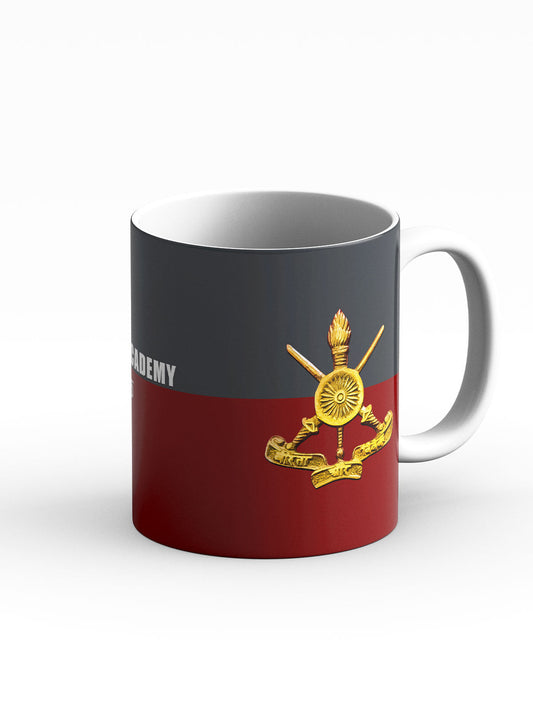
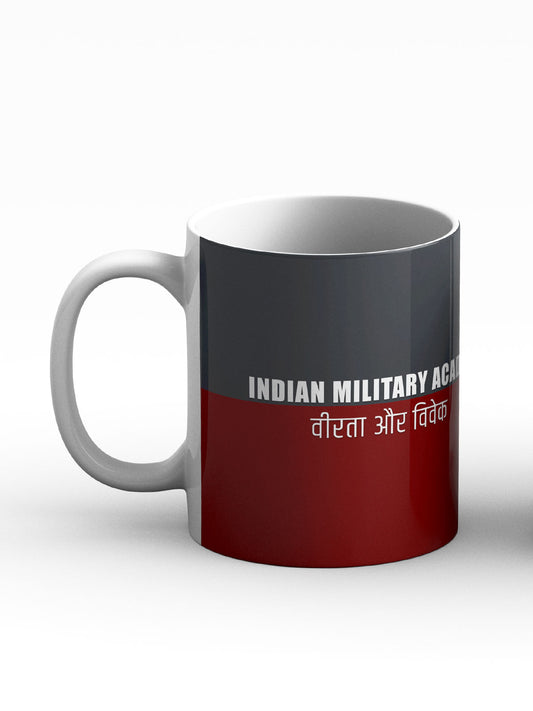
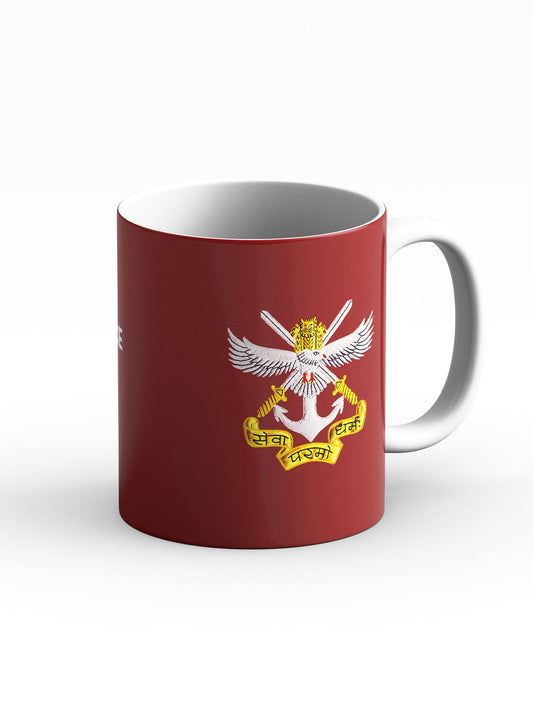

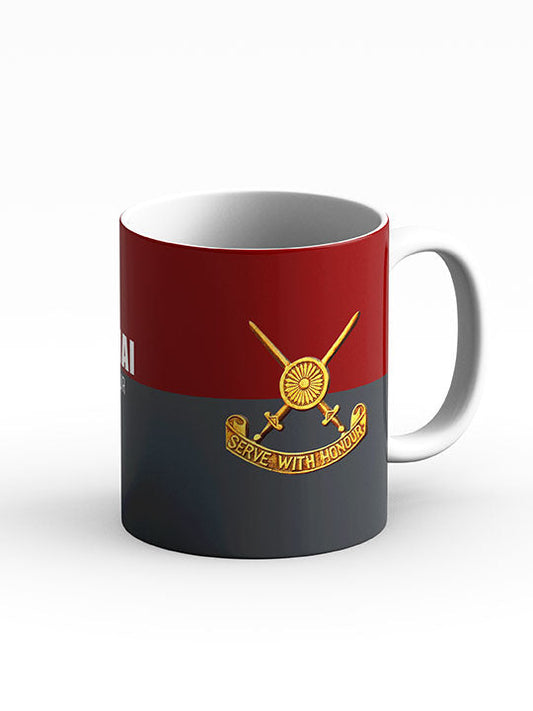

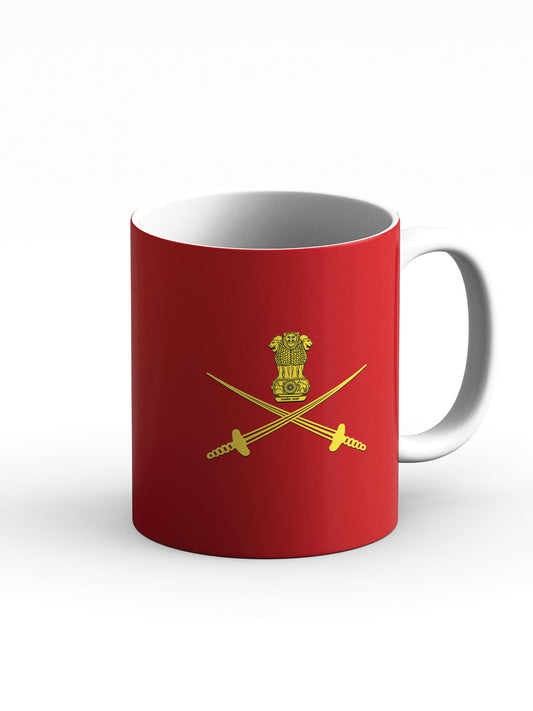


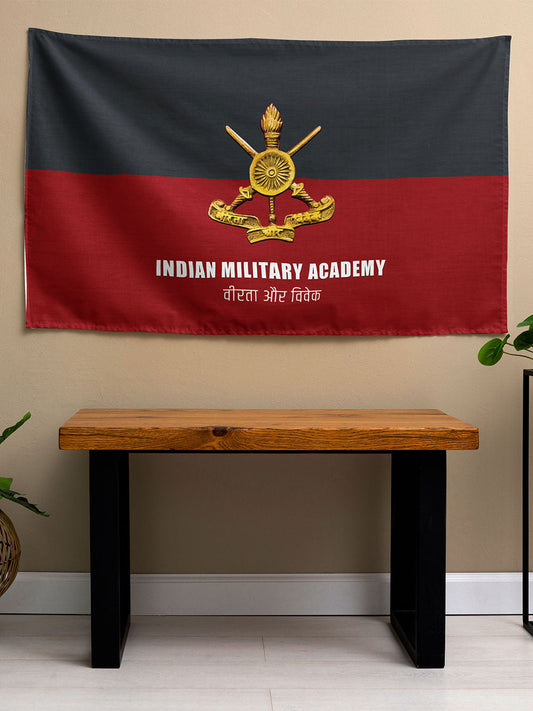

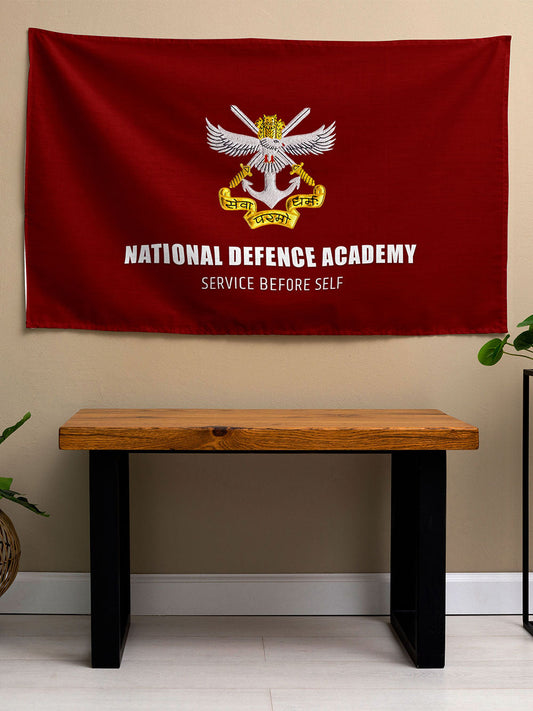
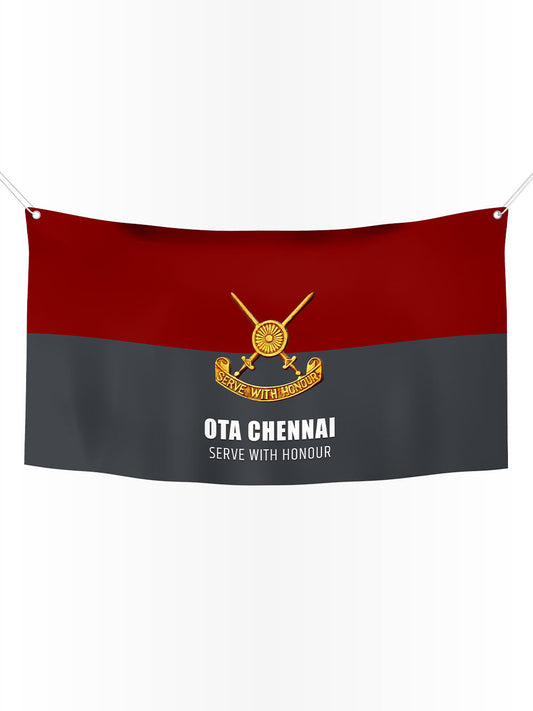
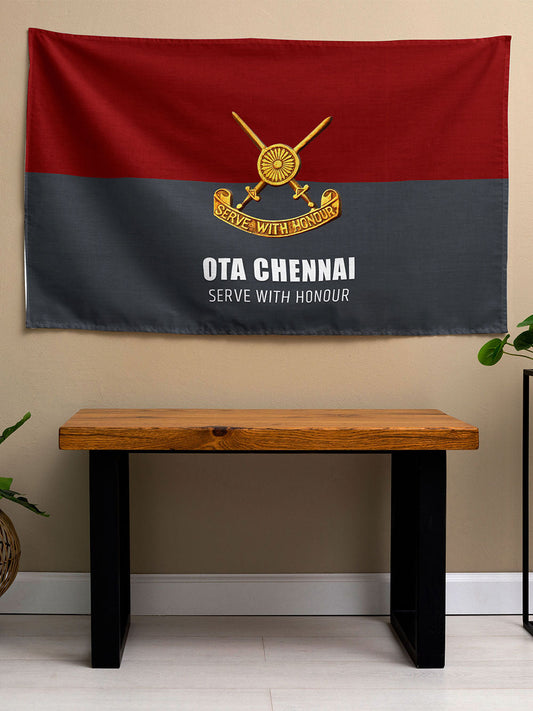
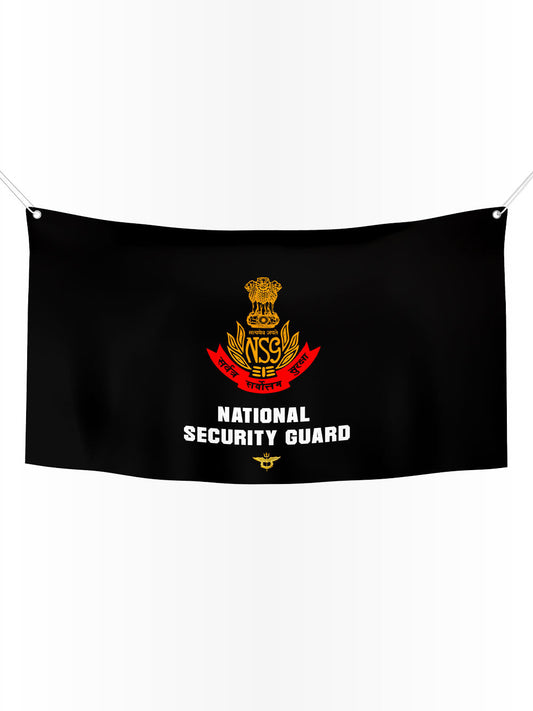
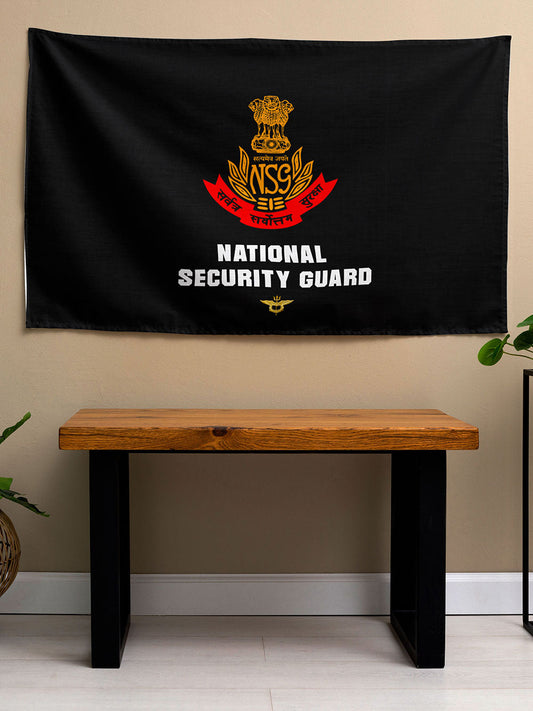

10 comments
BSF
Para commandos
SE7EN Like
Silent killer it’s a great Warrior 💪
Incorrect of 9. Never ever knew the nicknames like ghost operators, mountain rats or pirates also role is incorrect.
The Paras in india were raised in Oct 1941, and not 1945. By 1945, the 50 Indian Para Bde had already seen sufficient action, both airborne and ground ops, in Nara, Arakan and alsin in Imphal, with the Battle of Sangshak (March 1944) standing out as a testimony to the paratroopers’ grit and valour. Another action worth mentioning is the battalion-sized airborne assault on Elephant Point, South of Rangoon in support of 26 Infantry Division.
1945 saw the reorganization of the Parachute battalions into a single regiment called the Indian Parachute Regiment which was disbanded at the end of the second world war, and certain battalions reverting to their parent regiments. The three airborne-qualified battalions were again brought together in 1951 when the Parachute Regt was raised, under a common Regimental insignia and the formation sign was changed from the British Pegasus to our very own Shatrujeet, both still in use today.